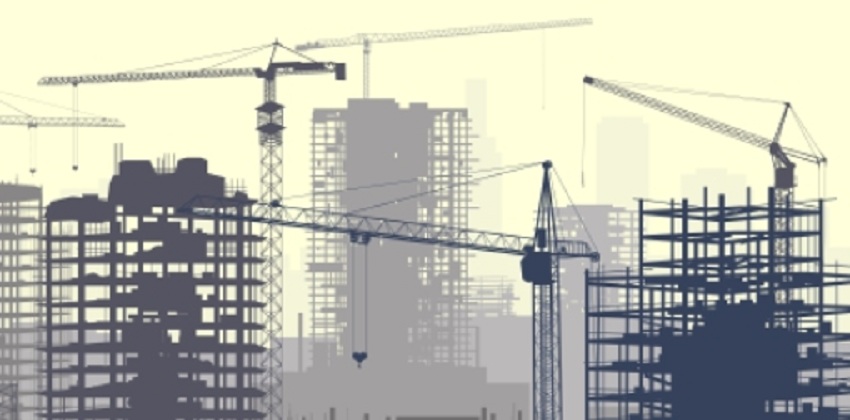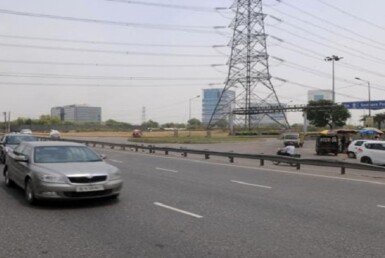Breaking Stigmas Associated With Affordable Housing

Affordable housing has different perceptions amongst the diverse set of socio-economic demography present in India. It is one of the most sought-after segments in urban housing for the betterment of lifestyle needs in the median income households. Due to the subsidies offered and lower prices, affordable housing has shown tremendous response over the years. However, it still has a long path to go before breaking away the stigmas associated with it. Once these stigmas are put to rest, the acceptance of such units among buyers and efforts taken by developers in building it will witness a sea change.
To begin with, one of the stigmas associated with it is that affordable housing can only offer below-average quality in amenities, designing, and engineering. It is not true when the projects are developed by responsible and experienced developers, who believe in giving their buyers a home with quality standards. Moreover, it is the cost of land that primarily affects the price bracket offered by developers. So, even an affordable housing developer with lesser land charges is in a position to provide facilities at par with mid-segment housing. Clubhouse, garden area, gym, kids playing area, are some of the additional amenities that can fit in the budget for the development of an affordable housing society.
Another stigma is that affordable housing societies cannot be green buildings. Making sustainable structures increases the cost for developers that ultimately is paid by customers is not right for every case. It depends upon the choice of technology adopted. Contrary to popular perception, affordability lies at the core of sustainability. GRIHA for Affordable housing is one such initiative under the PMAY scheme that gives ratings to the affordable units on the parameters of sustainability and thus helping buyers make a rational decision. GRIHA Council is a not-for-profit society jointly set up by The Energy and Resources Institute (TERI) and the Ministry of New and Renewable Energy (MNRE) to promote green buildings in India.
Lastly, one of the most prominent stigmas associated is in terms of investment. Affordable housing due to their limited price bracket and size of each unit is not perceived as an ideal choice for earning through rental yields. However, this thought process does not hold water if the project’s location is near an industrial/corporate hub such as Gurugram, Noida, and Greater Noida. Strategic location and a well-developed affordable project hold the potential to be a foremost choice for migrant working professionals and families. The maintenance charges are comparably less than the mid-segment and luxury housing societies, which is a win-win for tenants and owners. The rental rates also display a gradual appreciation trend as the years pass by.
Conclusively, affordable housing has so much more to offer and seeks only a reasonable amount of investment from the end-users. The affordable housing developers through the effective use of digital marketing and social media campaigns must try alleviating the status of such units, this will help them in putting an end to the stereotyping affordable housing is subjected to. It will also help them in making an appropriate positioning for their projects among all sorts of socio-economic target groups, thus pushing their sales.
Source : Business World




